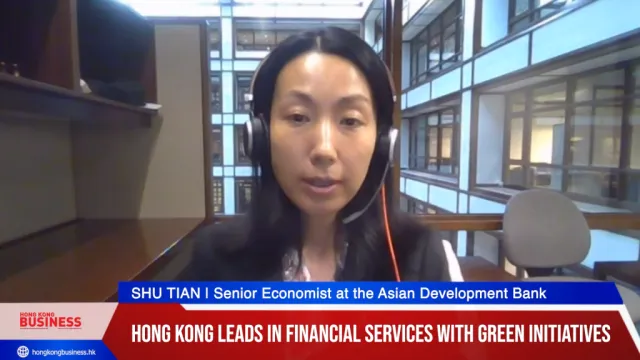Unlocking the real value of AI’s productivity revolution
By Lawrence ChiaBy Lawrence Chia, group chairman and CEO of Pico Far East Holdings Limited.
Even in a year of wearying shocks and tribulations, the arrival of ChatGPT – and generative AI in general – managed to make waves as only a new ‘life-changing’ tech can. Its ability to instantly conjure up everything from essays to music with decent quality continues to capture the attention of billions.
Naturally, its potential for boosting productivity was immediately recognised and exploited. Technology giant IBM, for example, revealed to Bloomberg their plan to use AI to replace 30% of non-customer facing roles – around 8,000 jobs – over the next five years. Even the Hong Kong Government announced plans to develop an AI Supercomputing Centre to strengthen local scientific research and AI industries.
Needless to say, this is just the beginning. Like us, businesses of all kinds are particularly keen on realising the potential of AI to streamline and optimise processes. But the question remains whether AI will live up to their hopes. Are your businesses really ready to dabble in it? Is generative AI actually ready for prime time?
Scrubbing and stock-taking at Walmart
More ‘primitive’ uses of AI existed long before ChatGPT burst on the scene, from simple chatbots handling customer service calls to services that automated writing and editing. But for a more sophisticated employment of the tech, we can turn to retail giant Walmart and their fleet of floor-scrubber robots.
Featuring AI and machine learning algorithms, the robots constantly capture and analyse real-time images of inventory. Whenever stocks of a product are depleted to a pre-determined level, the stockroom is automatically alerted that replenishment is needed. The system will even arrange for a delivery if the stockroom itself is depleted.
With their strategic adoption of AI, Walmart has been able to optimise everything from stock and warehouse management to delivery schedules, and has reportedly boosted employee productivity by up to 15%.
Paying for the big leaps
Using AI to collect and churn data into value at this scale may seem too daunting an investment for many companies. Companies without a long-standing investment in technological enablement may even view it as a dilemma: the main advantage of AI is to streamline operations and cut labour costs, but companies first have to make a significant investment to enable the usage of AI.
This tends to reinforce my belief in the importance of keeping up with – or preferably, staying ahead of – the latest tech trends. Any business that allows itself to technologically lag behind its competitors is almost surely destined to fail. But there is an equal danger of putting all your eggs into a shiny new tech basket that you’ve failed to understand. I would say that many companies have failed to understand the real value of AI.
Application where the value lies
AI can no doubt be a very effective tool for optimising operational processes; but one must not overlook the virtues of differentiated AI strategies and the ability of AI to create value unachievable by human alone.
For example, Optic 2000, a French eyewear company, used AI to translate the imaginations and memories of the visually impaired into photographic art pieces, which were displayed at Paris Museum. This innovative artistic use of the technology enabled the public to ‘see’ a previously little-understood ‘inner world’, and was a helpful step toward a more inclusive and accepting society. For Optic 2000, it helped put the brand name on the world map.
With AI, we can already see the unseeable and think the unthinkable, and as the technology continues to mature, it will no doubt open new frontiers in creativity and innovation. But how to fully capitalise on this newfound creativity? That is what all brands and marketers should meditate on.
A tool in search of a purpose
Just for kicks, I posed the question ‘How can business fully capitalise on AI?’ to ChatGPT. Not surprisingly, its answer was comprehensive, readable but thoroughly bland and almost insight-free. But one point did stand out that serves as a useful reminder to all business leaders: “AI is a powerful technology, but it’s just a tool. Having a purpose for using AI is far more important than the AI itself.”
This is why you won’t see organisers saturating major international events with AI; instead, it will be used sparingly, where it offers a worthwhile advantage. Examples of such application can be found across the globe, from AI assisting referees during the World Cup or providing virtual guides at the ZGC Forum in China, to piloting self-driving buses at the upcoming Hangzhou Asian Games.
In other words, AI is a spanner – ideal for spanner work, but not for every job. It should be employed where it is actually applicable, along with many other tools, to achieve tangible value.




















 Advertise
Advertise






